Connecting the washing machine to the sewer
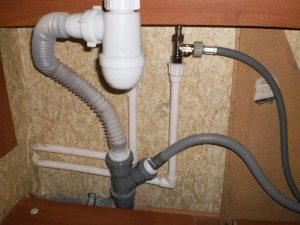 During the process of installing and connecting the washing machine, the problem arises of how to organize the drainage of waste water correctly. The most correct way is to connect the drain hose directly to the sewer branch, but it is also the most labor-intensive. We will describe how to organize the drain in detail and start with the preparatory work.
During the process of installing and connecting the washing machine, the problem arises of how to organize the drainage of waste water correctly. The most correct way is to connect the drain hose directly to the sewer branch, but it is also the most labor-intensive. We will describe how to organize the drain in detail and start with the preparatory work.
Preparing tools and components
Any serious work requires careful preparation; connecting a washing machine to the sewer is no exception. If you have to install an old machine after moving, organizing water drainage, then you may only need tools and components, but when installing a new machine, some of the components are already included with the machine.
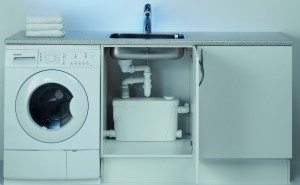 But you need to start preparing by determining the installation location. There can be three options:
But you need to start preparing by determining the installation location. There can be three options:
- In the bathroom, which is very convenient, since any outlet, including the drain, is practically at hand.
- In the kitchen next to the sink.
- In the hall.
Having determined the place, prepare the tools so as not to look for them when organizing the removal. May require:
- various screwdrivers;
- keys;
- pipe cutter, if necessary, cut into the drainage pipe;
- welding for metal-plastic pipes;
- siphon regular or with a check valve;
- plastic tee;
- silicone sealant;
- sealing rubber bands;
- a corrugated drain hose of the required length, if the factory one is too short.
Let's celebrate! It is not recommended to join hoses, since additional connections mean additional risks of water leaks. The optimal hose length is considered to be no more than 3 meters, because the longer the hose, the greater the load on the pump; the drain should be closer.
Another step in preparing the washing machine for connection is removal of transport bolts. When the machine is fully prepared for connection to communications, you can proceed to the main work.
Methods for connecting to the sewer system
Before organizing a drain and connecting the washing machine to the siphon, you need to install the siphon itself on the sink. If the siphon does not have a separate outlet for household appliances, then you will also need to connect a plastic tee to it. With this connection, an unpleasant odor from the sewer can enter the drum, where the laundry lies after the wash cycle.
Therefore, it is necessary to organize an “air barrier” in the siphon. For this purpose, the siphon has a special branch to which a corrugated pipe is connected. It is curved in such a way that water stagnates in its bend, creating a reliable plug that prevents the smell from the sewer from entering the tank of the machine. At the same time, such a plug does not impede the drainage of waste water from the washing machine to the drain and is renewed with each release of water into the sewer.
Instead of a simple siphon, you can use a siphon with a check valve, which prevents not only the smell, but also waste water from entering the machine; in this case, it is possible to organize the drain much more efficiently. If the siphon becomes clogged, a situation may arise when wastewater fills it and flows by gravity back into the machine. To prevent this from happening, a valve is built into the siphon.
After installing the siphon, you need to connect the hose to the branch from the siphon. This is easy to do, just secure the clamp.
In some cases, the drain hose of the washing machine is connected not through a siphon, but into a branch of the sewer pipe.In this case, an O-ring adapter will be required. This adapter will allow you to insert the hose into a wide pipe opening. This method is more labor-intensive than the previous one. However, it is reasonable to use it when the washing machine is placed at a distance of more than 2 m from the sink siphon.
The photo shows the connection directly without using an adapter siphon tube (left) and with its use (right). This adapter allows you to create an air lock that prevents odors from the sewer from entering the machine.
When organizing waste water drainage from the machine through a siphon or directly, you need to take into account the distance from the floor to the drain point. The point at which the end of the hose will be located must be at a height of at least 50 cm from the floor. The maximum height from the floor to which the drain hose can rise is no more than 100 cm. These figures depend on the power of the drain pump.
Connecting the washing machine drain hose through a siphon or directly to the sewer is considered the most reliable way to organize drainage. The risk of water leakage if the hose is accidentally touched is minimized. In addition, from an aesthetic point of view, this is also the best option, since the hose is usually hidden behind the machine itself or the kitchen unit.
Other methods of draining waste water
The simplest way to organize drainage of water from a washing machine is to throw the drain hose over the sink, bathtub or toilet. To do this, you will need a plastic hook-shaped nozzle that will hold the hose on the sink or bathtub.
This method of organizing a drain is the most unreliable. And it has a number of disadvantages:
- the pressure of the water can tear the hose off the side of the bathroom, and all the water will come out onto the floor.Additionally, pets and small children can also tear off the hose.
- After each wash, you will have to thoroughly clean the bathroom, sink or toilet.
- This method of draining is not aesthetically pleasing, especially for the sink, because pouring waste water into the sink after washing socks and underwear, and then washing dishes in this sink, is at least not hygienic.

Important! If you nevertheless decide to use this method of draining water from the machine, then remember that the length of the drain hose should not exceed 4 meters, since a larger volume of waste water can remain in the hose itself and stagnate in it, emitting an unpleasant odor.
Thus, you can connect the washing machine to the sewer yourself, if you have the desire, tools and time. And you shouldn’t skimp on components, because a reliable and competent connection is the key to trouble-free and uninterrupted operation of the washing machine.
Interesting:
5 reader comments

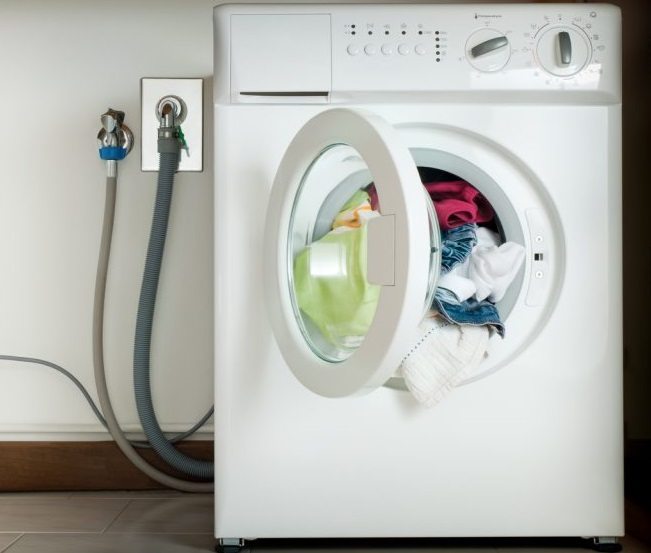

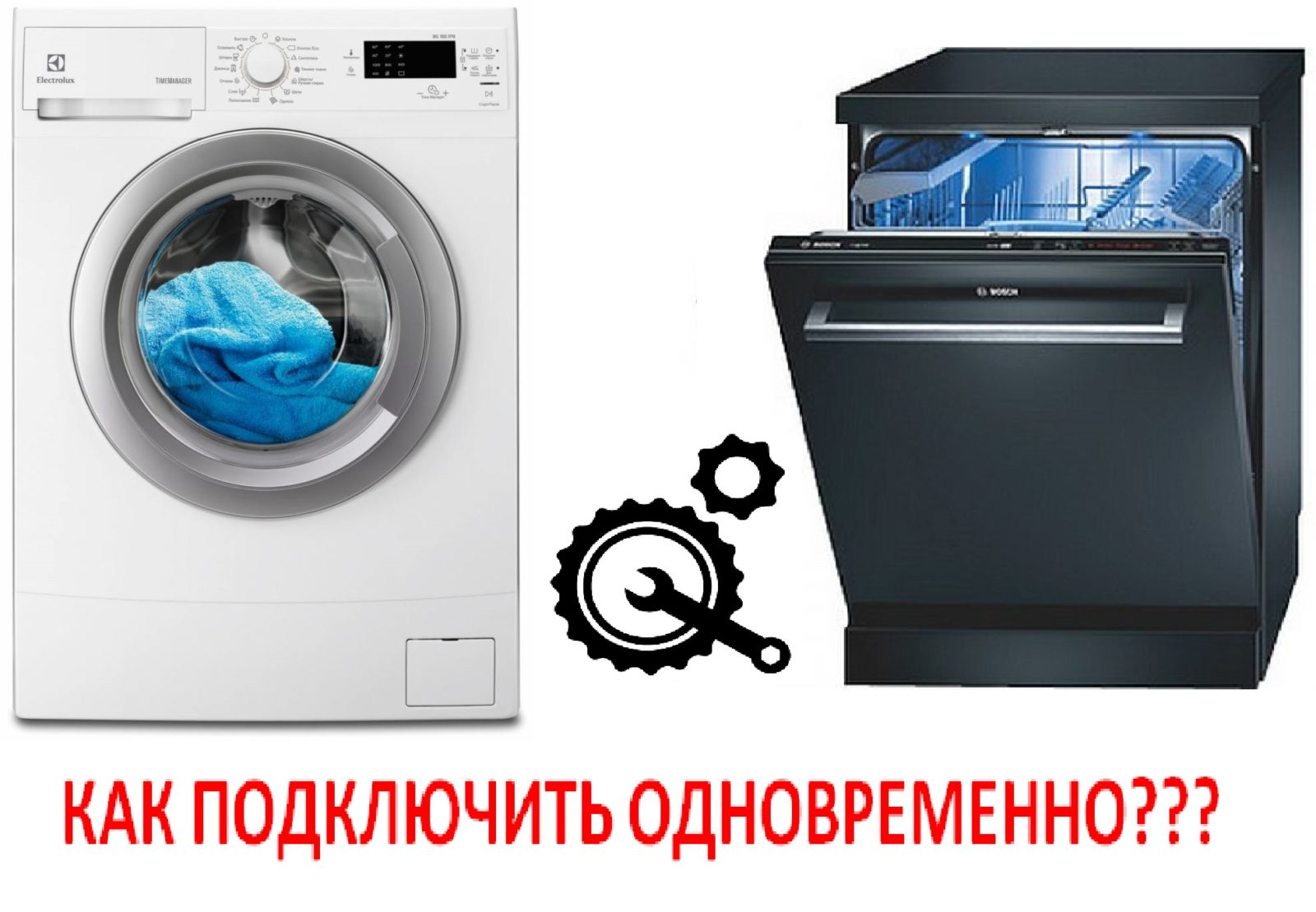
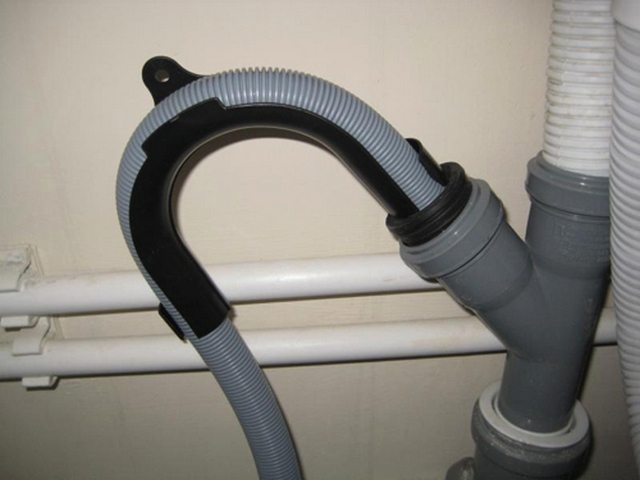
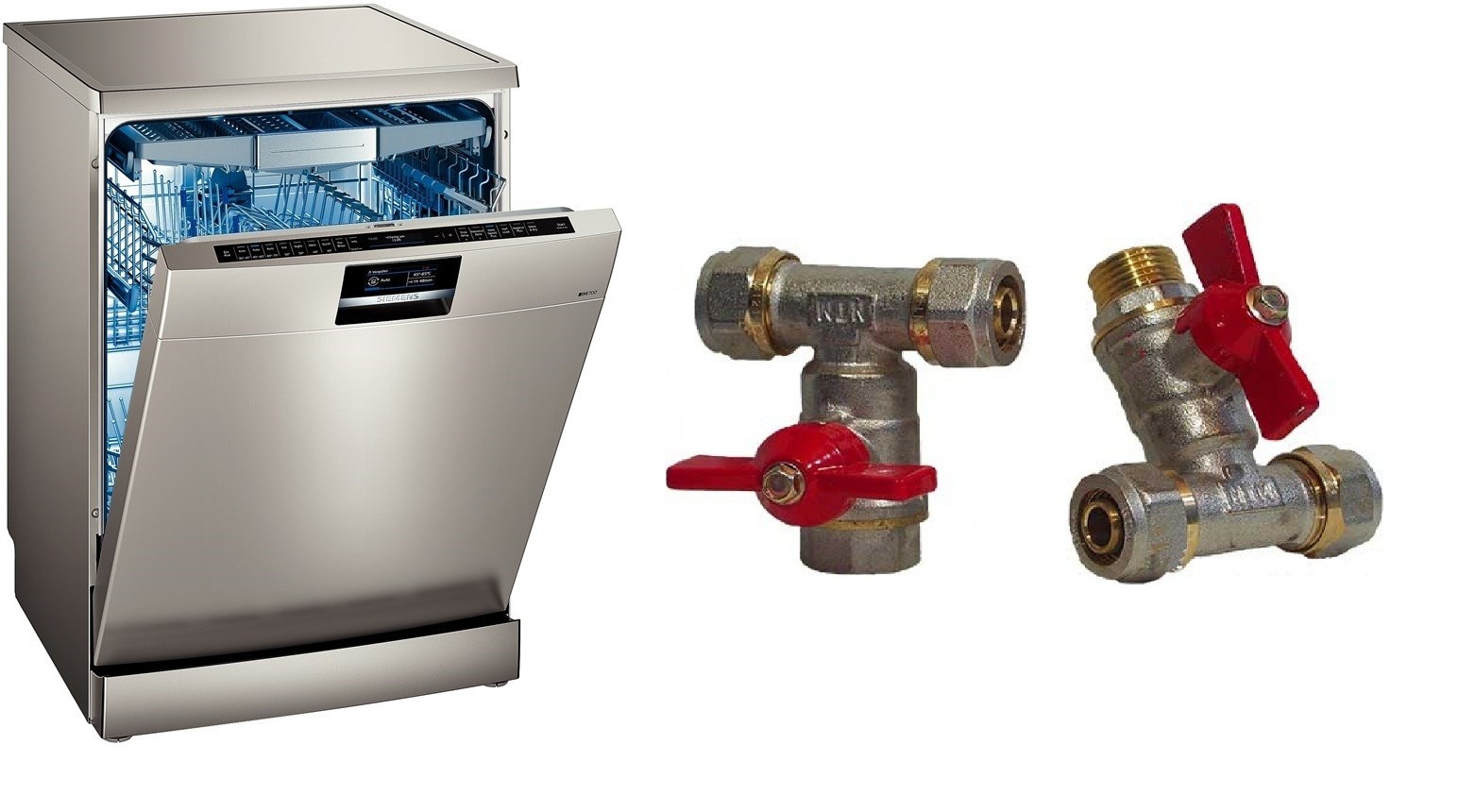
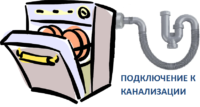














Thank you, smart guy.
The machine freezes. Ariston. It collects water, spins the circle and starts again. We don’t know what’s wrong. Please tell me.
Water can flow by gravity into the sewer. The reason may be that the non-return valve in the washer, if there is one, is stuck. Or a very low drain location.
Thank you, this was exactly the situation.
And if the smell only appears when the washing machine starts to fill with water, and then disappears, what could it be?